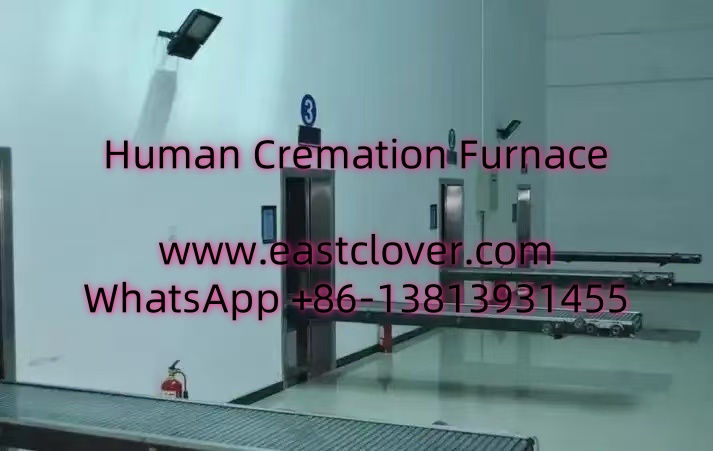Introduction
The COVID-19 pandemic placed unprecedented strain on global healthcare and mortuary systems. As mortality rates surged, traditional facilities struggled to manage the overwhelming number of deceased, necessitating innovative solutions. Among these, containerized human cremation furnaces and emergency mortuary surge capacity strategies emerged as critical tools to address the crisis. This news explores their design, implementation, and role in mitigating the pandemic’s impact on deathcare infrastructure.
Containerized Cremation Furnaces: A Rapid Response Solution
Containerized cremation furnaces are modular, portable systems housed within shipping containers. Designed for rapid deployment, they provide a scalable alternative to traditional crematories during emergencies. Key features include:
- Mobility: Easily transported by truck, rail, or ship to disaster zones or overwhelmed urban areas.
- High-Capacity Operation: Capable of processing 10–20 bodies daily, depending on model specifications.
- Environmental Compliance: Equipped with advanced filtration systems to reduce emissions, meeting EPA and EU standards.
- Plug-and-Play Functionality: Pre-installed electrical, fuel, and exhaust systems enable immediate use upon arrival.
Benefits in Pandemic Context
During COVID-19, cities like New York and Mumbai deployed these units to alleviate pressure on existing crematories. Their benefits included:
- Rapid Deployment: Operational within 48 hours of arrival.
- Cost-Effectiveness: Reduced infrastructure costs compared to permanent facilities.
- Infection Control: Minimized handling of remains, lowering transmission risks.
Emergency Mortuary Solutions Beyond Cremation
Containerized crematories were often part of broader surge capacity strategies, which included:
- Mobile Refrigerated Units: Temporary cold storage for bodies awaiting burial or cremation.
- Pop-Up Morgues: Converted spaces like ice rinks or warehouses for mass storage.
- Coordination Networks: Digital platforms to track fatalities and allocate resources across regions.
Surge Capacity Management: Strategies and Challenges
Effective management required:
- Pre-Pandemic Planning: Stockpiling body bags, PPE, and modular equipment.
- Public-Private Partnerships: Collaboration with funeral homes, military, and logistics firms.
- Community Engagement: Transparent communication to address cultural concerns about mass cremation.
Challenges included supply chain delays for cremation containers and staffing shortages due to infection risks.
www.southclover.com
Containerized cremation furnaces and adaptive mortuary strategies proved indispensable during COVID-19, offering scalable, dignified solutions for mass fatalities. Their success underscores the need for integrating modular emergency systems into long-term public health preparedness plans.
Frequently Asked Questions
What is a containerized cremation furnace?
A portable cremation system housed in a shipping container, designed for rapid deployment during emergencies.
How do these units comply with environmental regulations?
They use scrubbers and particulate filters to reduce emissions, adhering to international air quality standards.
Can containerized morgues handle infectious remains?
Yes, many are equipped with biohazard containment features and negative-pressure environments.
What distinguishes surge capacity from regular mortuary operations?
Surge capacity focuses on temporary, scalable solutions to handle sudden increases in fatalities beyond normal system limits.
Were these solutions used outside urban areas?
Yes, rural regions with limited deathcare infrastructure also deployed mobile units during COVID-19 peaks.

Comments are closed